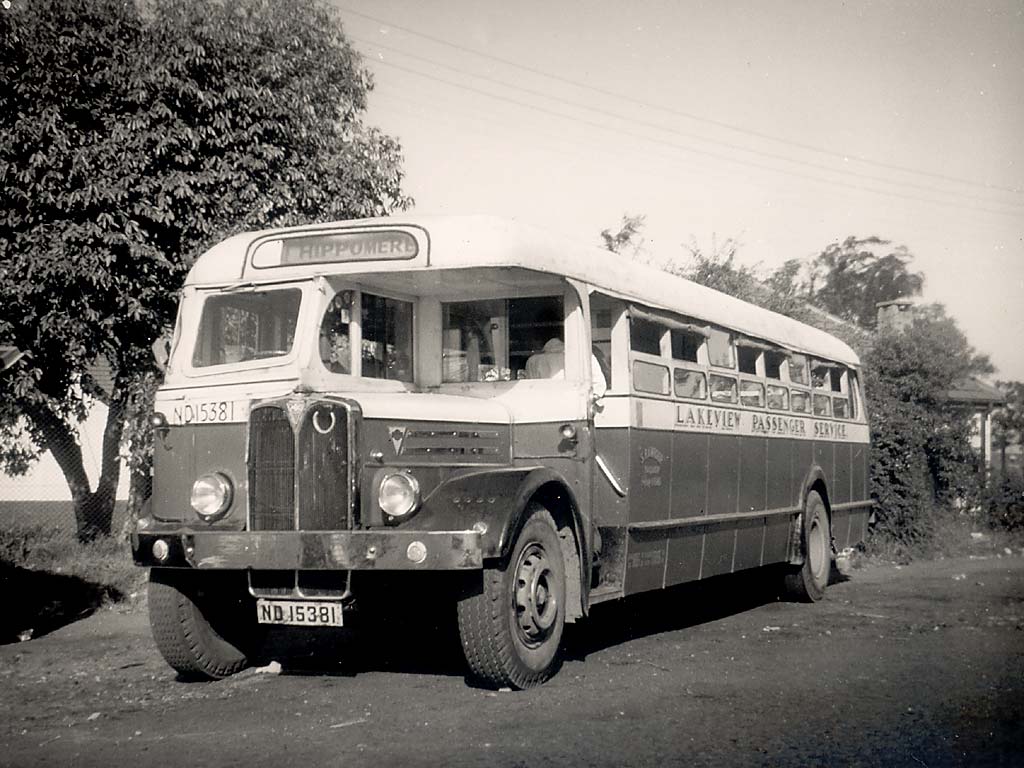The Indian bus service in South Africa during the 1990s, particularly in Durban, was a significant part of the country’s public transport history, shaped by the Indian community’s long-standing involvement in the bus industry. Here’s a concise overview based on available information:
Historical Context
- Indian Community’s Role: The Indian community in Durban, one of the largest outside India, has been involved in the bus industry since 1919. Many Indian families relied on bus companies as their primary source of income, operating both small and large businesses. These companies provided essential transport services, particularly for Indian and other non-white communities during the apartheid era, which enforced racial segregation and designated specific roles for different communities.
- Apartheid’s Impact: Under apartheid, public transport was heavily segregated. In most cities, bus services were divided, with separate systems for white and non-white populations. However, Cape Town was an exception, where buses were not segregated. Indian bus operators in Durban catered primarily to non-white passengers, navigating the restrictions imposed by the apartheid regime.
Challenges in the 1990s
- Post-Apartheid Transition: The 1990s marked a turbulent period following the end of apartheid in 1994. The public transport sector, including Indian-operated bus services, faced significant challenges due to the rise of an unregulated minibus taxi industry. Minibus taxis, which were more flexible and accessible, began dominating public transport, often violently taking over routes previously served by buses. This led to a decline in the bus industry, with reports of violence, including killings and bus burnings, forcing many Indian bus companies to shut down.
- Economic and Operational Struggles: The unregulated taxi industry created financial strain for bus operators. Many companies, including those run by Indian families, struggled to compete with the affordability and flexibility of minibus taxis. Despite this, some larger Indian bus companies in Durban persisted, though the decade was marked by a significant reduction in their operations.
Key Features of Indian Bus Services
- Community-Centric Operations: Indian bus companies in Durban were often family-run, providing reliable transport for commuters, including workers, students, and those accessing essential services. These services were critical for non-white communities who relied on public transport due to limited access to private vehicles.
- Routes and Coverage: Indian bus operators typically served routes within Durban and surrounding areas, connecting urban centers with townships and other communities. Their services were vital for daily mobility, especially for those without other transport options
























